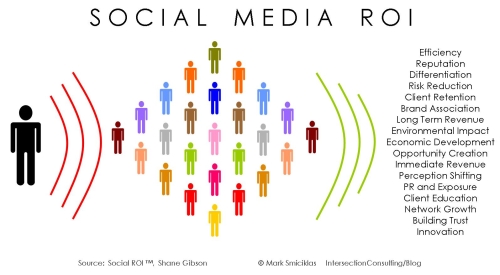I enjoyed this blog post: Calling Bullshit on Social Media, by Scott Berkun. I enjoyed it, not because I agree with him on every point, but because Scott does a great job of removing some of the hot air from ‘social media’.
It seems that in any business it’s easy to get wrapped up in your own enthusiasm (some would call it hype) and it’s easy to find confirmation for your beliefs and to cherry-pick evidence that suits your agenda. And whenever that happens, it’s important for people like Scott to burst the balloon.
Of course, I still feel that there’s loads of potential for organisations to adopt social media and to do something meaningful with it.




